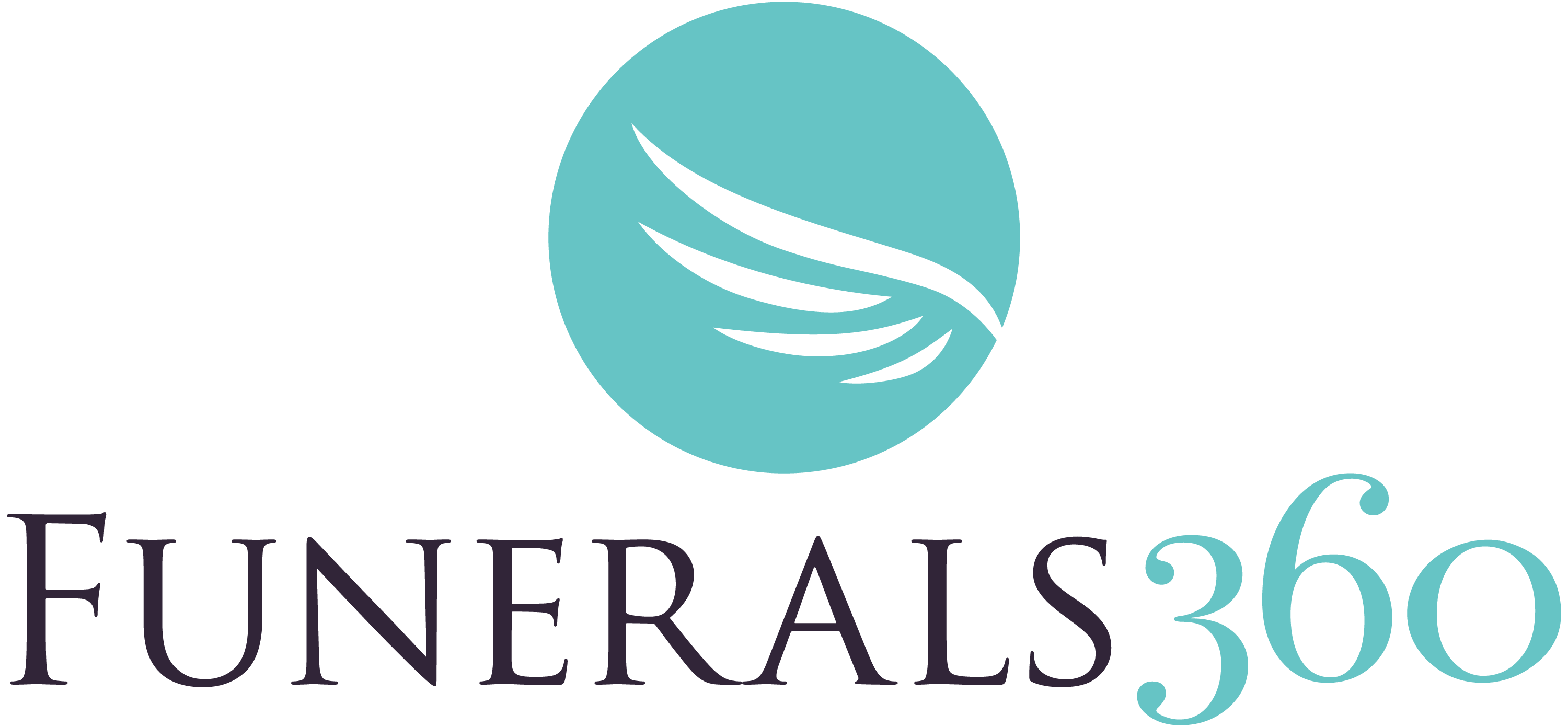If you’re like most people, you probably have a lot of questions about the funeral planning process – and you may also wonder if some of your questions are too strange or awkward to ask. Luckily, funeral directors and other funeral professionals actually aren’t scary at all--they’re just regular people like you. And they are more than willing to answer any questions you or your family may have about the funeral planning process--no matter how strange those questions may seem. In fact, here are six common questions funeral professionals receive that people are sometimes too afraid to ask in person.
Can I Help?
For the most part, yes! Funeral professionals understand how much your deceased loved one means to you. You can help choose their outfit, fix their hair, place makeup and jewelry, and other caregiving tasks.
However, some processes are off-limits to public participation. The most common is embalming. Since embalming is a specialized process and poses a health hazard, your funeral director will not allow you to assist with this aspect of the funeral.
Can I Watch the Embalming Process?
Funeral directors will not let you watch the embalming process either. Embalmers need to use special protective equipment like gloves, goggles, masks, and gowns when they perform the process. This is to protect the embalmer from exposure to diseases, bacteria, and pathogens that might emerge from the body, and carcinogens found in embalming fluid. Therefore, because of the health risks associated with embalming, your funeral director will not allow you to watch this process.
Can We Ride in the Hearse?
This depends on the funeral home. Most funeral directors won’t have a problem with the family riding in the hearse on the way to the funeral – if the hearse can fit them. Some funeral homes use single-cab hearses that only seat two. However, dual-cab hearses that seat four are also common.
What Is Cremation Ash Like?
Cremated remains are not like the ash in your fireplace. Instead of the fine powdery substance we’re used to, human ash is sandy and grainy. That’s because when the body is cremated, all of the soft materials, such as tissue, skin, and hair, burn away. The crematory is then left with the bones, which do not burn away completely. The cremator will grind down the bones so they form a fine substance that can be mixed with the rest of the ashes.
How Will My Loved One’s Body Be Stored?
This will depend on the specific situation, but in many cases, your loved one will be stored in a mortuary refrigerator before the funeral. These refrigerators are usually between 37 and 41 degrees Fahrenheit inside--similar to a typical kitchen refrigerator. This is to slow down decomposition before the burial or cremation.
How Does Obesity Affect Burial/Cremation?
Larger bodies can require special considerations by funeral homes. In the cremation process, an obese loved one will take longer and consume more energy to cremate. During the burial process, they may require a larger casket and more people to lift and lower the casket into the grave. An obese loved one will take more time, energy, and manpower to prepare for the funeral, including pick-ups, transfers, dressing, and placing in the coffin.
Have additional questions? Funeral directors have heard them all, so don’t hesitate to ask away! You can find contact information for local funeral homes and related vendors using our vendor search tool.
If you’re still not ready to pick up the phone, you can read more of Funerals360’s articles about funeral planning.





